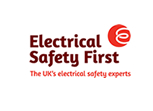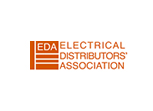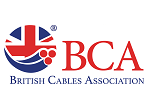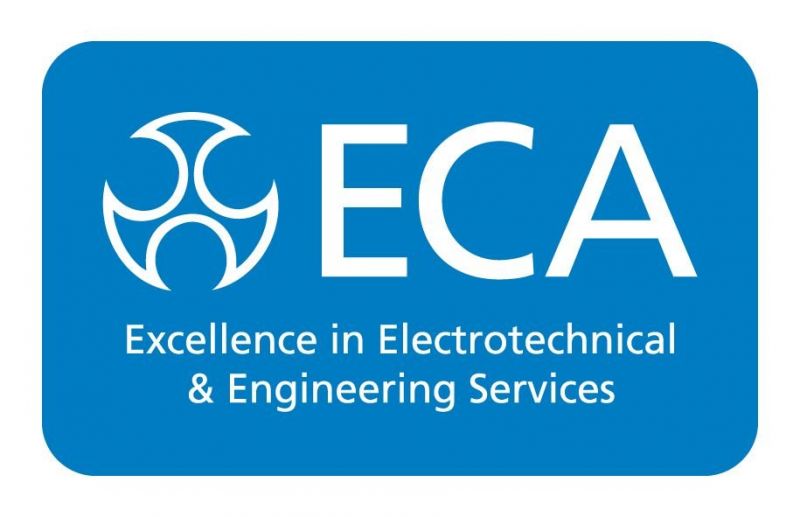Better engagement with reality of substandard cable
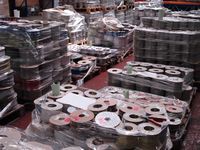
Contractors and distributors need to be more vigilant and proactive as substandard cable is seen as an accepted hazard within the cable supply chain, according to the ACI.
In the past three months the ACI is aware of several incidents however it believes many go unreported and there has been a notable fall in cable samples it receives.
Peter Smeeth spokesperson for the Approved Cables Initiative (ACI) said: “In the past 12 months we have noticed a significant reduction in cable samples being submitted for testing. While we would be delighted if this is a sign that our campaign has worked and instances of substandard cable are reducing, anecdotal evidences seems to suggest that there is a complacency in industry and a view that someone else will report the issue”.
Examples of recent problems that the ACI is aware of include:
- Falsely marked cable drums carrying third party approval marking (BASEC) - from Turkey
- CCA cable marketed and sold as `CCA Copper cable’ with no CE marking - from Germany
- Supply of non-approved cables – the cable type was swapped when compliant cable from another manufacturer was approved by the customer and the order was placed. The cable was from China
- Cable imported for use in wiring components, which arrived with damage to the sheathing on inner layers of the cable reel. Exposed wires were visible. The cable was from Egypt.
Peter Smeeth, continued: “While none of this is surprising, it is an indication that some manufacturers and importers go to great lengths to mislead industry. The ability to buy from anywhere in the world means there remains a need for better market surveillance.
“At the ACI we are doing all we can to stop these cables making their way into the supply chain but with no formal market surveillance in place, and Trading Standards services stretched to their limits, we would suggest that all parties must take some responsibility and be mindful of their purchases and imports. It is vital we are alerted to any cable concerns.
“Contractors are responsible for what they install, and where they have concerns both wholesalers and contractors should be getting in touch and sending a five metre cable sample for testing. Although substandard cable isn’t always easy to spot, most contractors will agree that such cable just doesn’t feel right and is often the reason why suspicions are raised in the first place.”
Contractors should look for BS or other relevant standard numbers, to ensure their cable choice has a reference number or UK cable code and to check the number of cores and nominal cross sectional area. It is also important to detail the order with quantity and lengths of cable required and to note the manufacturer’s details for every drum to help with traceability. By only purchasing third party approved cable, the contractor has added protection and they should check for the correct cable mark.
The ACI has also highlighted the value of the introduction of CPR (Construction Product Regulation), which becomes mandatory in July next year for cables. It believes it will have a significant impact on all construction cable manufacturers, importers and distributors supplying any type of cable that is intended to fit permanently into the structure of a building within the European market. The new regulation demands new cable testing and certification as well as CE marking requirements for those supplying cables. It also lays down harmonised rules for the marketing of construction products in the EU.
ACI has produced an update of its popular Examples of Cable Marking template that can be obtained from the ACI website.
For further advice on substandard cable call 0208 946 6978/07973 636688 or email info@aci.org.uk .




